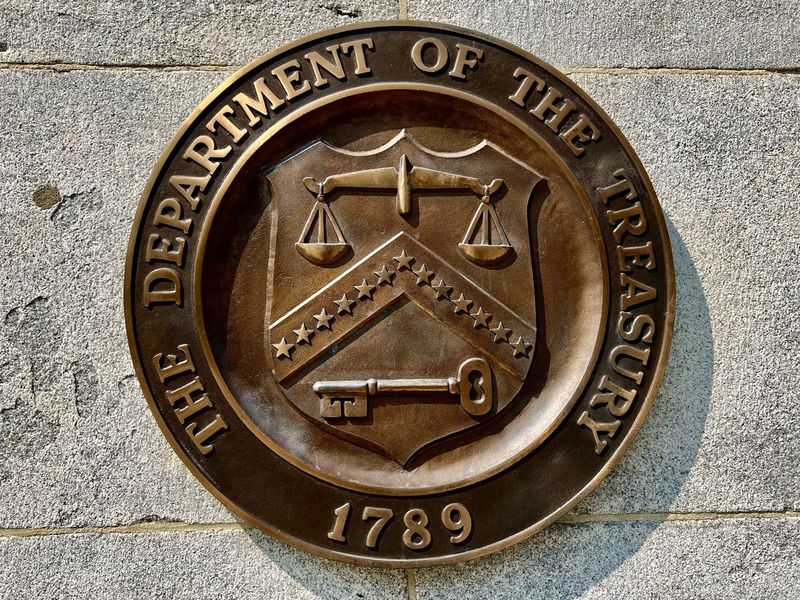Stablecoin Balance Sheets Can Be Supervised, BIS and UK Central Bank Project Claims
-
The Bank for International Settlements and Bank of England have found that the balance sheet of asset referenced stablecoins can be supervised.
-
The technology could help nations respond more efficiently to risks from stablecoins, the report added.
-
Nations have stressed concerns over stablecoins experiencing runs in recent years.
The Bank for International Settlements (BIS), the so-called central bank for central banks, and the Bank of England (BoE) have been able to demonstrate that the balance sheet of asset-referenced stablecoins can be supervised, a Wednesday report on their latest project said.
Project Pyxtrial developed a prototype data analytics pipeline which can provide supervisors with near real-time data about stablecoins’ liabilities and the assets that back them, the groups said Wednesday. Stablecoins are digital coins which are pegged to other assets like fiat currencies for example.
“The technology is a first step towards a tool that could support supervisors and regulators in proactively detecting issues in stablecoin backing and aid the development of policy frameworks based on integrated data,” the report said.
The creation of Pyxtrial was motivated by these facts: Stablecoins are a growing and largely unregulated sector with a market capitalization of $163.7 billion that lacks supervisory technology, the report said.
“Should a mismatch occur between a stablecoin issuer’s liabilities (the coins in circulation) and the assets backing that stablecoin, this could undermine confidence in the ability of the issuer to offer redemption at par and prompt a ‘run,’ ie a sudden loss of belief in the stablecoin’s value,” the report said.
Central banks have stressed the risks of stablecoin’s experiencing runs. Two years ago the U.S. Federal Reserve said that stablecoins backed by national currencies could face runs if there was a sudden drop in value.
“These vulnerabilities may be exacerbated by a lack of transparency regarding the riskiness and liquidity of assets backing stablecoins,” the Federal Reserve report said at the time. Meanwhile, the Financial Stability Board (FSB) is examining the global requirements that could apply to stablecoins.
Project Pyxtrial also has the potential to monitor tokenized products that are backed by real-world assets, the BIS said.
Edited by Nikhilesh De.
Disclosure
Please note that our
privacy policy,
terms of use,
cookies,
and
do not sell my personal information
has been updated
.
CoinDesk is an
award-winning
media outlet that covers the cryptocurrency industry. Its journalists abide by a
strict set of editorial policies.
In November 2023
, CoinDesk was acquired
by the Bullish group, owner of
Bullish,
a regulated, digital assets exchange. The Bullish group is majority-owned by
Block.one; both companies have
interests
in a variety of blockchain and digital asset businesses and significant holdings of digital assets, including bitcoin.
CoinDesk operates as an independent subsidiary with an editorial committee to protect journalistic independence. CoinDesk employees, including journalists, may receive options in the Bullish group as part of their compensation.
:format(jpg)/www.coindesk.com/resizer/s18497Qm3Z2y-HO3cp7rBID5v2Y=/arc-photo-coindesk/arc2-prod/public/HC2J5TLYLFCRDEVA4SPLXUAIXI.jpg)
Camomile Shumba is a CoinDesk regulatory reporter based in the UK. She previously worked as an intern for Business Insider and Bloomberg News. She does not currently hold value in any digital currencies or projects.
Follow @camomileshumba on Twitter








